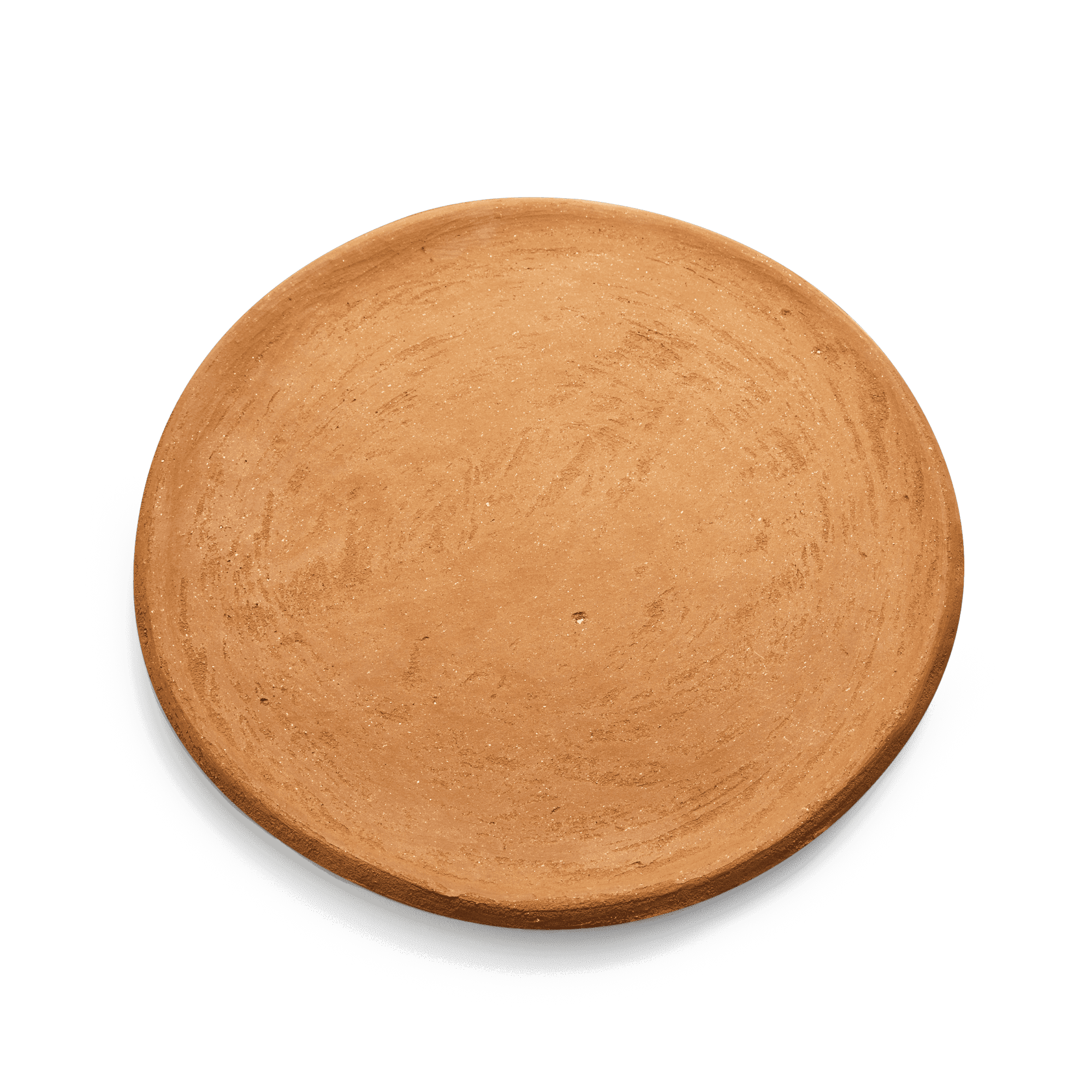
Traditional Comal de Barro
These traditional earthenware comales are crafted by Doña Victoria, the resident clay (barro) artisan of the Chatino community of Tiltepec, located in Oaxaca’s coastal region. The Comal de Barro can be used on the stove or over a grill, or even for decorative purposes. These are fragile one-of-a kind objects, so we recommend handling with care.
This item is currently unvavailable. Sign up to get notified when it is back in stock.
This item is currently unvavailable. Sign up to get notified when it is back in stock.
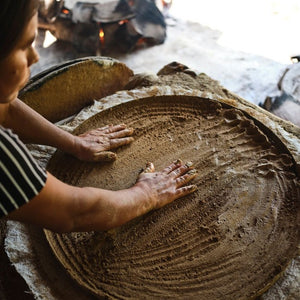
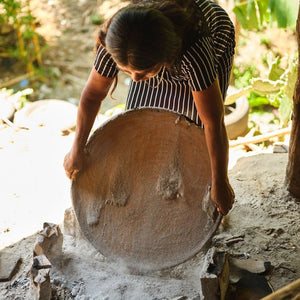
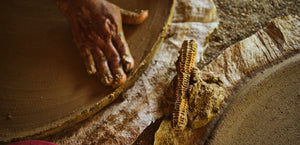
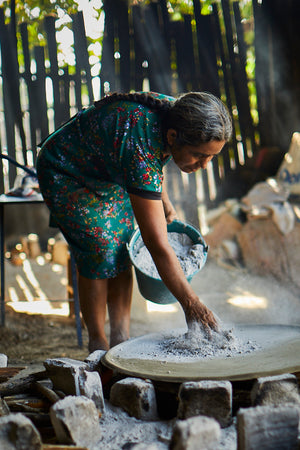
Preserving Tradition
Preserving Tradition
Doña Victoria, the resident clay artisan for the Chatino indigenous community of Tiltepec, utilizes a centuries-old process to craft earthenware comals. She collects clay from the town’s surroundings. The clay is then soaked in water, made into a paste and packed into hand-made molds. After drying for two full days, she builds a fire over which she cooks each comal. The comales are then individually covered in ash to insulate them from the direct heat and then left to cook for two hours. At the end of the 3-4 day process, they’ve transformed into finished red clay comals.
Read MoreFAQ
Do I need to season my comal before first use?
If you’re planning on cooking with your clay comal (as opposed to using it for display), it’s important to season the comal before first use. To season, combine one part cal to four parts warm water and brush the solution evenly across the comal’s entire surface. This will fill the comal’s porous surface and prevent food from sticking. Let air dry and brush off any bits of loose cal before heating. In Oaxaca, comales de barro are typically seasoned daily, before cooking tortillas.
Can I use my comal de barro on an electric stove?
We do not recommend using your clay comal on an electric stove, as it may cause cracking or breakage. It can be used on a gas range, grill, or over open flame.
Is white residue on the comal normal? Is it dangerous?
The white residue left on your comal from seasoning with cal (calcium hydroxide) is both normal and a good sign that it has been properly seasoned. Because the cal will have cooked on the surface, it is not harmful to consume – and you’ll have brushed off any chunks!
My comal cracked during use! What should I do?
Minor cracks are normal during use, and will become filled over time if you continue to season it.
